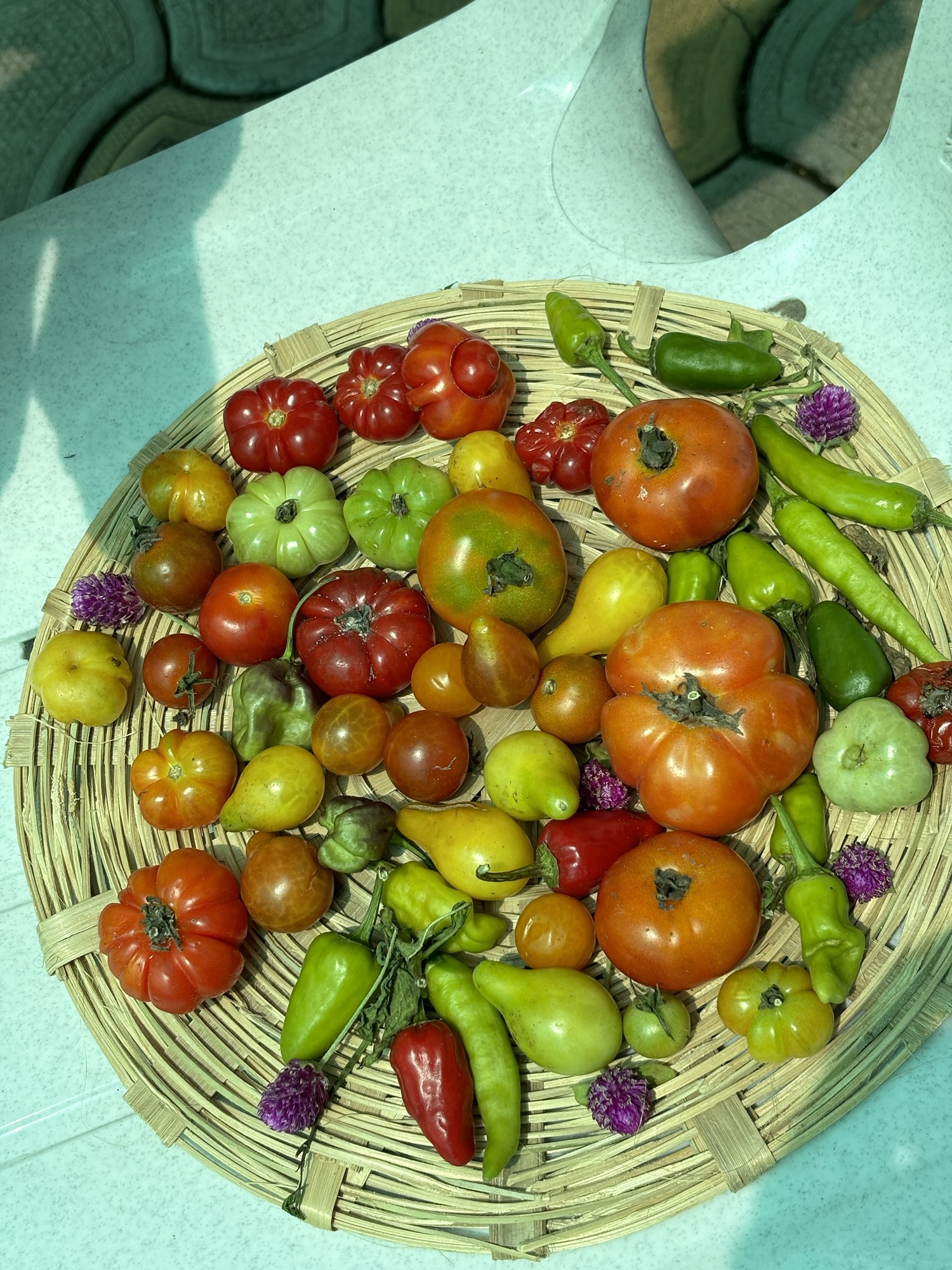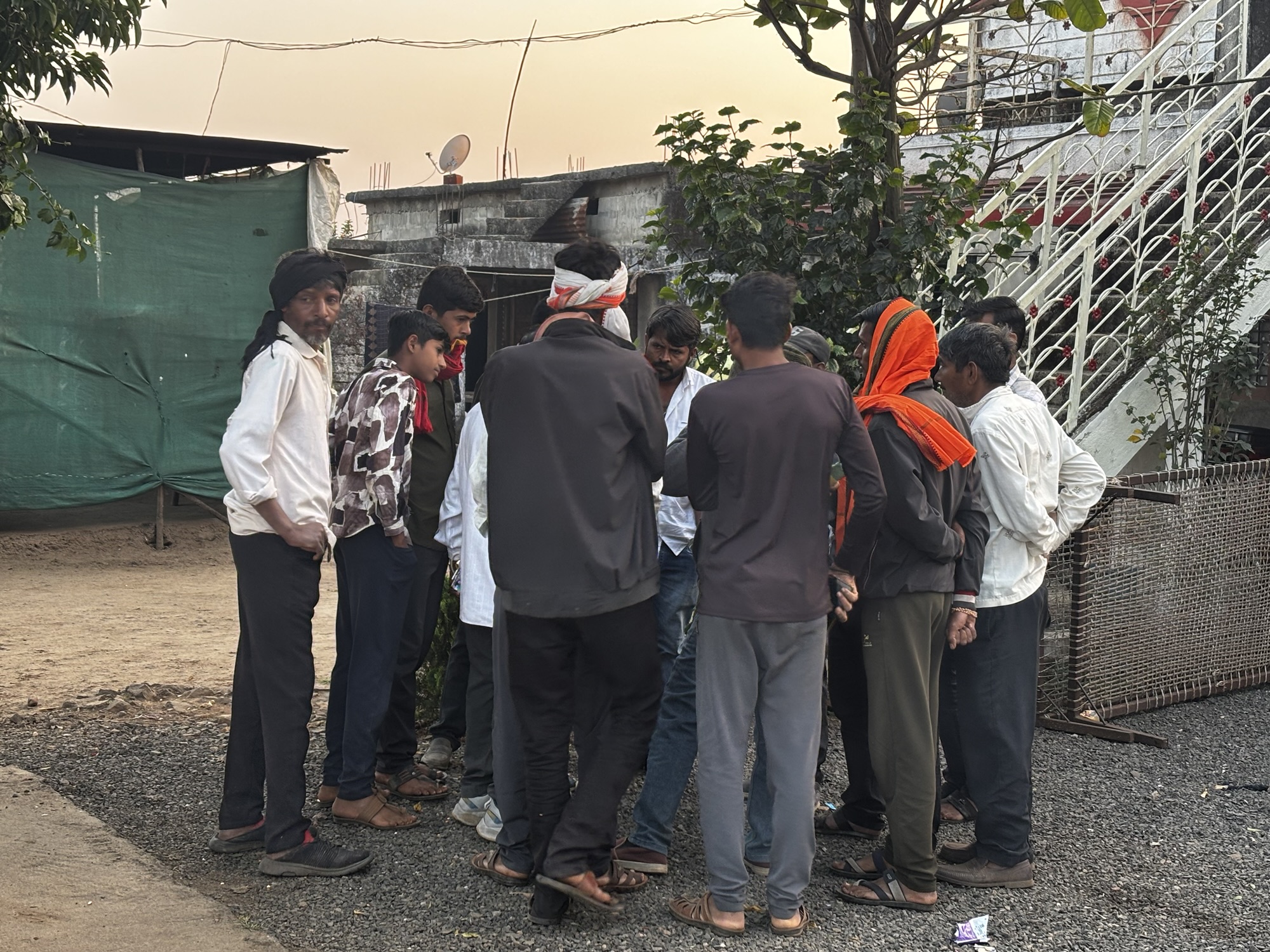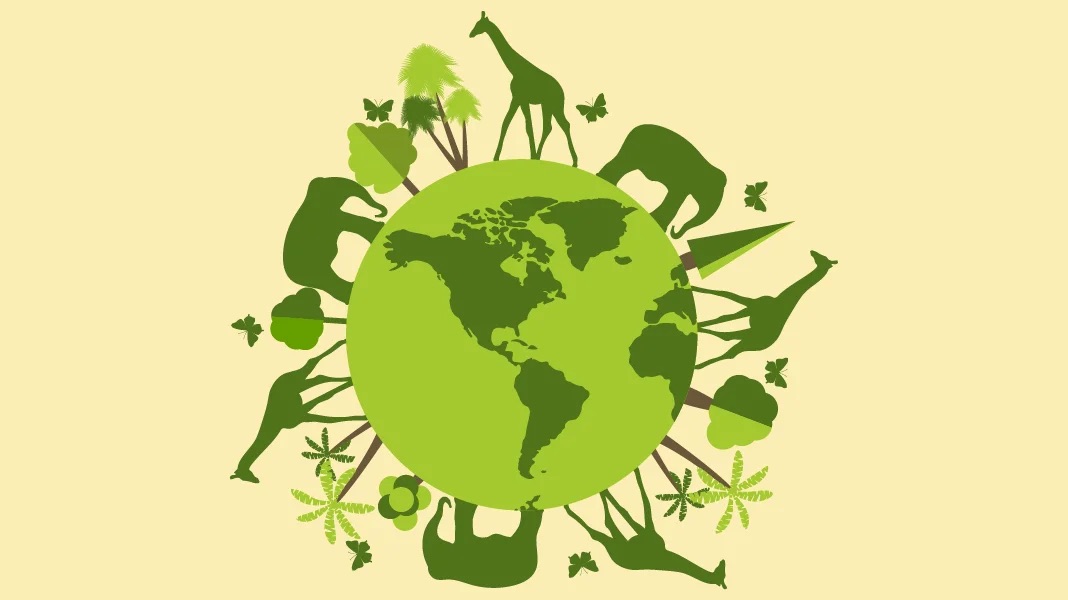Gujarat, known for its economic growth, faces a shocking hunger crisis. A recent report from NITI Aayog reveals that Gujarat ranks 25th in the hunger index among Indian states. This is alarming given the state’s prosperity. The report highlights that almost 40% of children under five years old in Gujarat are underweight. This troubling statistic shows a significant issue with child nutrition.
The situation is worsened by a shortage of Anganwadi Centres (AWCs) in the state. A report from the Comptroller and Auditor General (CAG) shows that Gujarat needs 69,074 AWCs based on its population of 55.3 million. However, it currently has only 53,029 AWCs. This shortage affects the enrolment and support for children aged 0-6 years, leading to further malnutrition.
Despite being economically strong, Gujarat struggles to meet the Sustainable Development Goals (SDGs) related to hunger and nutrition. The SDG 2 index, which aims for zero hunger, shows a declining trend in Gujarat. The state’s score dropped from 49 in 2018 to 41 in 2023. This decline places Gujarat alongside states like Bihar and Jharkhand, which are known for high poverty rates.
Another critical concern is the health of pregnant women. The report states that 62.5% of pregnant women aged 15-49 in Gujarat are anaemic. Additionally, 25.2% of women in this age group have a body mass index (BMI) below 18.5, indicating undernutrition. These figures underline a broader health crisis affecting women and children in the state.
The Global Multidimensional Poverty Index (MPI) report also highlights the severity of the problem. It reveals that around 44.45% of Gujarat’s rural population lacks adequate nutrition, while 28.97% of the urban population faces similar issues. This situation calls for immediate intervention and targeted strategies to address hunger and malnutrition in the state.
Experts suggest that significant investments in nutrition-focused initiatives are essential. Atman Shah, an assistant professor at St Xavier’s College in Ahmedabad, emphasizes that achieving zero hunger by 2030 will require urgent and substantial efforts. Without action, the health and future of many children and women in Gujarat remain at risk.
In conclusion, Gujarat’s hunger crisis presents a stark contrast to its economic achievements. The data from NITI Aayog and CAG indicates a need for immediate action to improve nutrition and health outcomes for vulnerable populations. The state must prioritize investments in AWCs and nutrition programs to address this growing crisis and work towards achieving the Sustainable Development Goals. Only with concerted efforts can Gujarat hope to overcome its hunger challenges and ensure a healthier future for its children and families.




